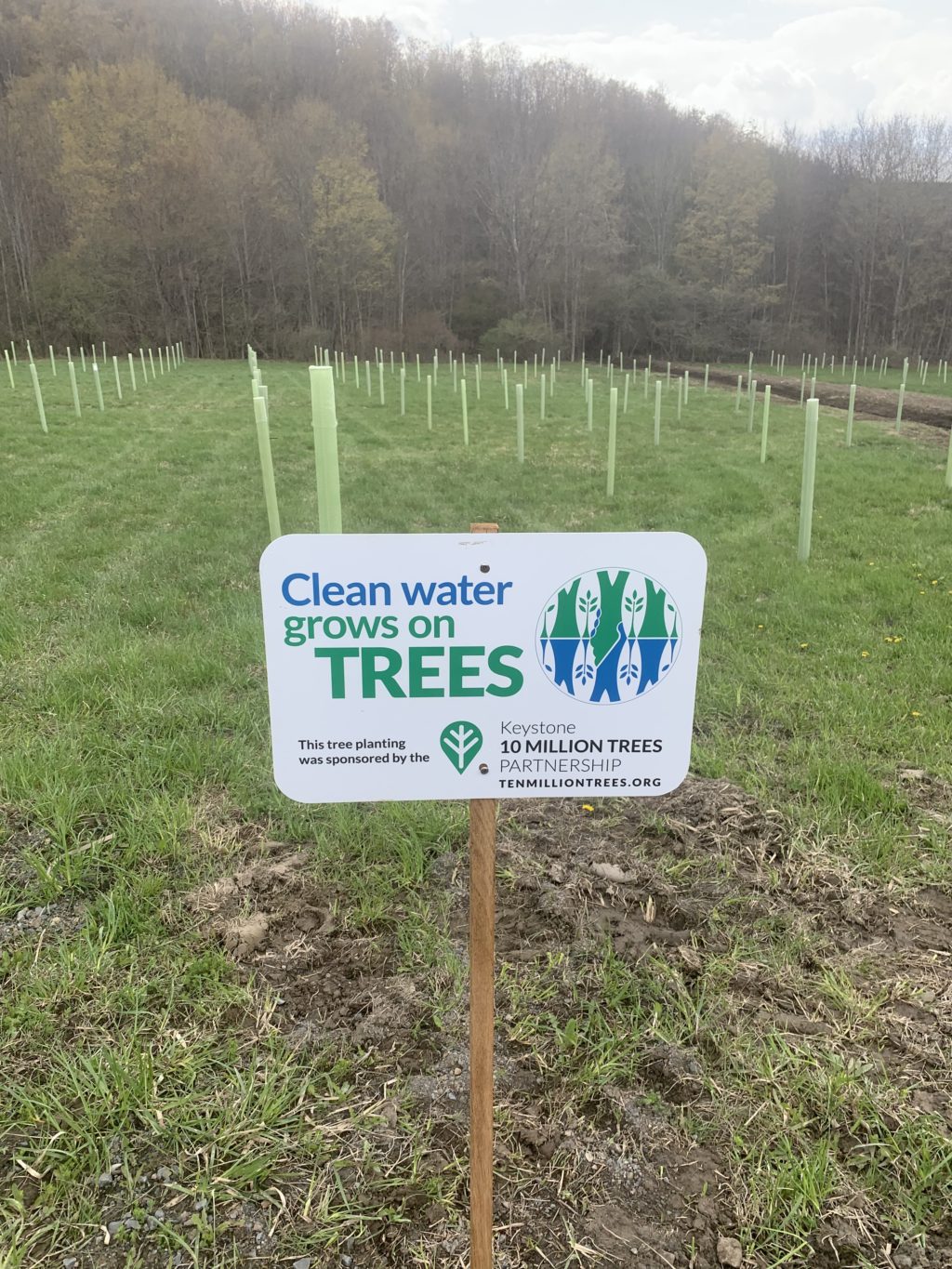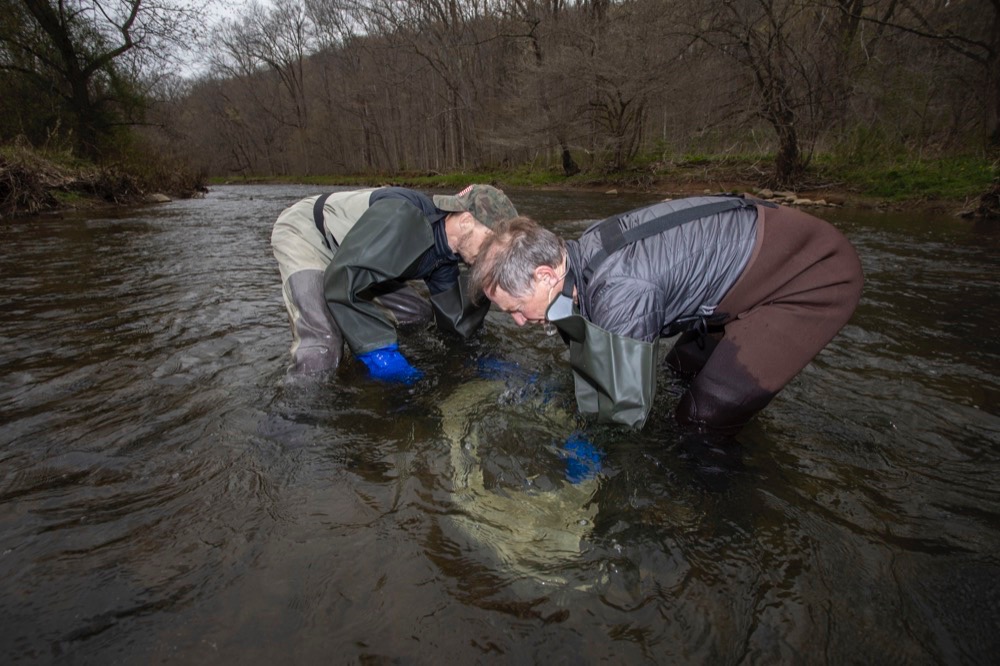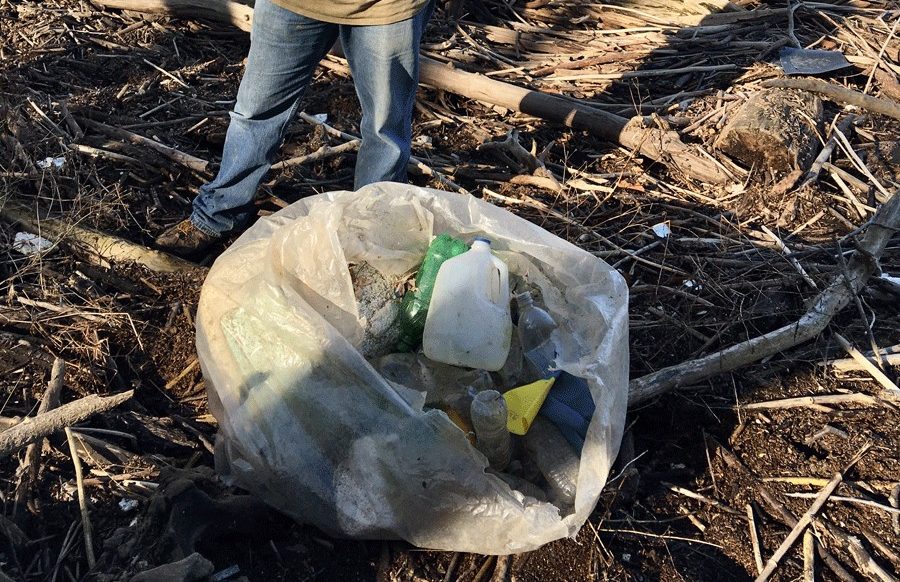Cleaning up the Bay, one tree at a time
Catherine Holleran first tapped maples when she was a child, following her father around with a bucket on the same property she now owns. Maple syrup is a family business for Holleran, who owns North Harford Maple farm with her husband, Tom. “When our kids got older, my husband and I started tapping the same way my dad did,” Holleran says.
The Hollerans began investing in better processing equipment in 2012, and were slowly growing until 2016, when the Constitution Pipeline project seized five acres of their land through eminent domain. The 124-mile pipeline was supposed to carry natural gas from Pennsylvania to New England until it was canceled in 2020. By then, the damage at the farm had been done: The pipeline workers had cut a 150-yard gap by a stream, destroying about 560 maples.
Brush had overgrown the area until last autumn, when Holleran decided to do something. She contacted the Susquehanna County Conservation District, who referred her to the Keystone 10 Million Trees Partnership, a Chesapeake Bay Foundation initiative that aims to plant 10 million trees in Pennsylvania by 2025. With 260 maples and other hardwoods from the Partnership, Holleran and some volunteers replanted the gap in September 2020.
Small tree planting projects like the one at North Harford Maple are happening all over Pennsylvania because of a mandate by the U.S. Environmental Protection Agency (EPA) to reduce nutrient pollution in the Bay by 2025. The Keystone 10 Million Trees Partnership is one of many efforts aimed at helping Pennsylvania meet its pollution reduction targets. Through projects like planting streamside forest buffers, the Partnership can prevent agricultural pollution from entering Pennsylvania’s waterways, and support maple syrup producers along the way. This work is happening landowner by landowner, tree by tree, in an attempt to clean up the largest estuary in the United States.
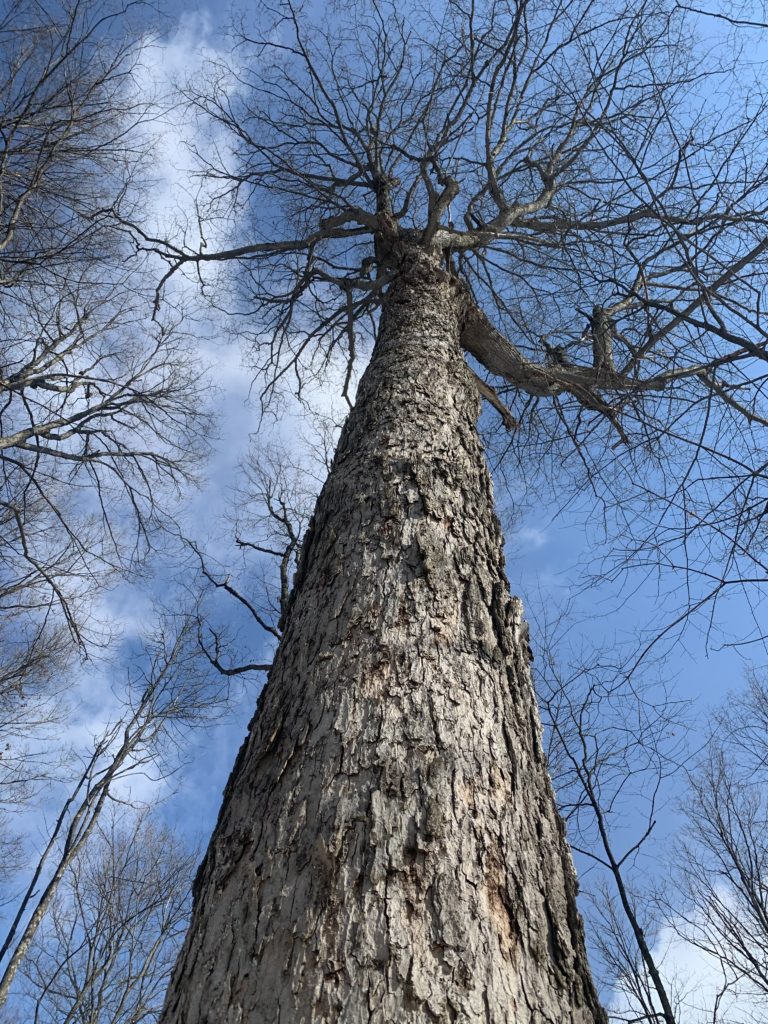
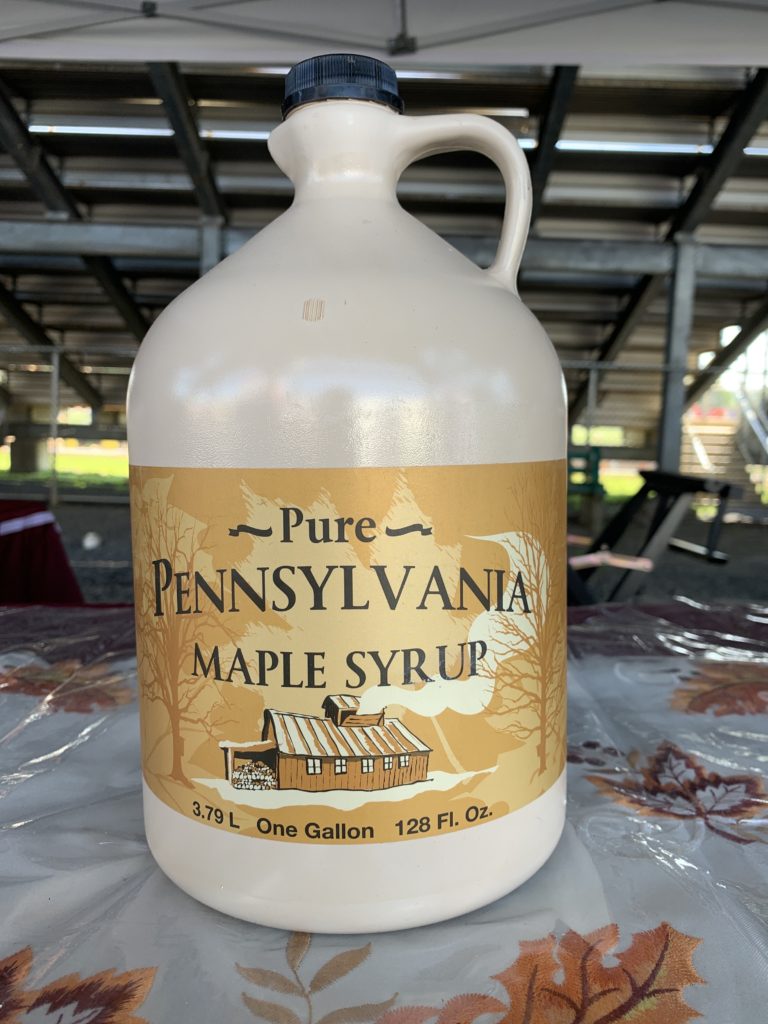
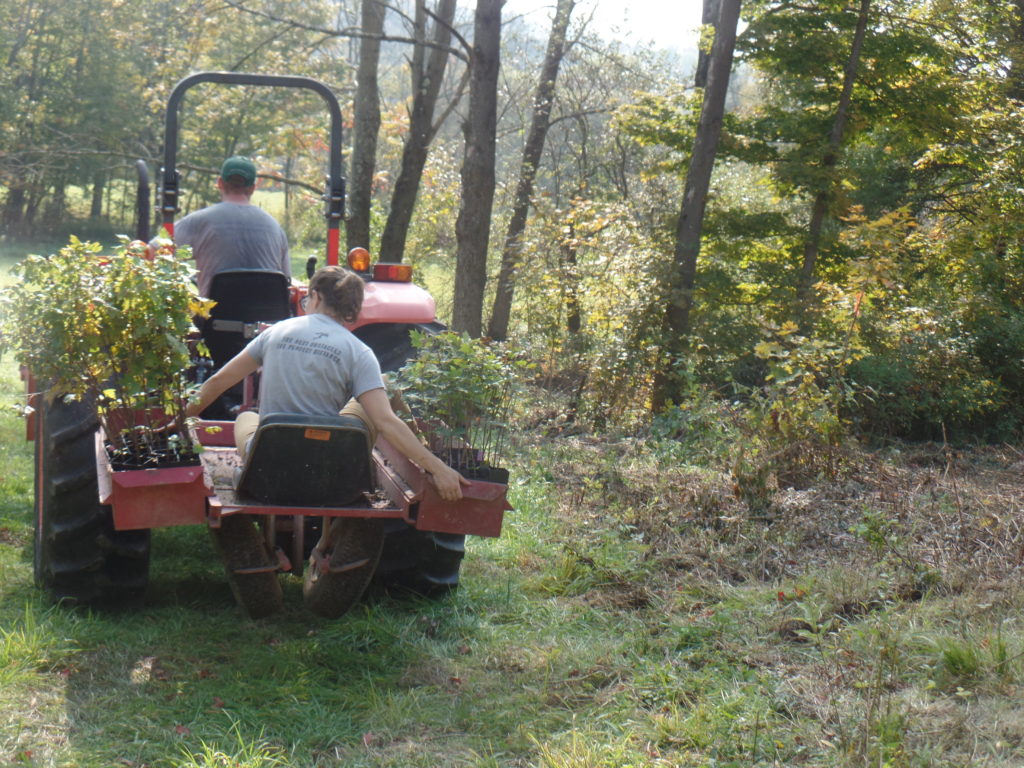
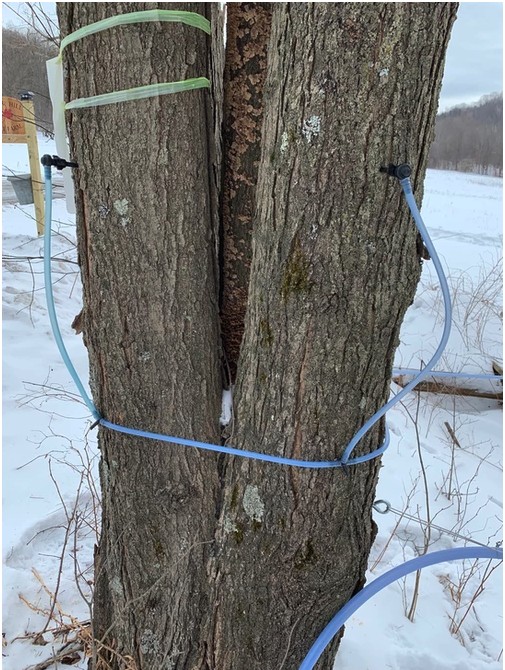
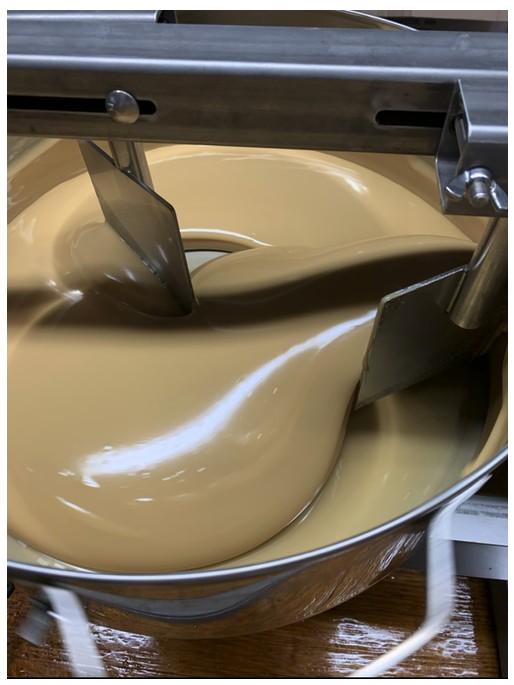

The Chesapeake Bay is the lifeblood of the Eastern seaboard, supporting 18 million people, driving billions of dollars for the economy, and providing livelihoods for people in agriculture, tourism, and many other sectors. But pollution—especially agricultural runoff, the largest source—could destroy the Bay’s ecosystem and destabilize the region’s workforce. Runoff from Pennsylvania’s 52,000 farms goes into the upper watershed and then the rest of the Bay.
High nutrient pollution in the Bay isn’t new. Nitrogen levels were already on the rise in the 1800s, which corresponds to the rapid industrialization and fertilizer use on commercial farms. By 2010, the Bay’s water quality was so bad that the EPA established the Chesapeake Bay Total Maximum Daily Load, a set of enforceable limits on nitrogen, phosphorus, and sediment pollution that must be in place by 2025 to restore the Bay’s health. Each of the six states in the watershed plus the District of Columbia must follow Watershed Implementation Plans to meet these targets.
“The EPA tells Pennsylvania how much pollution the state has to reduce, but then it’s up to [state government agencies] and the other groups that developed these plans to figure out how we’re going to get to those reduction numbers,” explains Teddi Stark, watershed forestry program manager for the Pennsylvania Department of Conservation and Natural Resources (DCNR).
Pennsylvania has historically lagged on its cleanup commitments. Maryland, Virginia, and Pennsylvania account for about 90 percent of the Bay’s pollution, but Maryland and Virginia have made more progress than Pennsylvania. In 2020, the Chesapeake Bay Foundation and Virginia, Maryland, and D.C. filed lawsuits against the EPA for not forcing Pennsylvania to do more. Now, Pennsylvania has only a few years left to meet its share of the pollution reduction goals. “We’re all in this together,” Stark says, “working to make cleaner water for Pennsylvania and cleaner water for the Bay.”
One of the programs making headway on achieving these targets is the Keystone 10 Million Trees Partnership. Ten million is an intentional choice; it’s closely correlated with meeting Pennsylvania’s pollution reduction goals, explains Brenda Sieglitz, the Keystone 10 Million Trees Partnership manager. Part of Pennsylvania’s cleanup work requires planting about 86,000 acres of trees
as buffers along streams to prevent pollution from entering the water. Ten million trees could make significant progress towards that goal, according to Sieglitz.
“Nothing really beats forest cover for water quality,” explains Ryan Davis, the Pennsylvania forests projects manager for the Alliance for the Chesapeake Bay. Working with 200 partners around the state, from DCNR to environmental nonprofits and agriculture industry groups, the Partnership has provided resources such as trees and stakes for the planting of over three million trees on farms and other personal property. “They help by offering some resources that buoy what everyone else is doing,” Davis says.
The Partnership also hopes to boost local economies like maple syrup production as much as possible. In 2017, Pennsylvania had the sixth highest syrup production in the United States at 139,000 gallons. “Maples are always one of our top ten species picked,” Sieglitz says. “When we encourage people to consider things they can eat or source from their forest buffer, maple syrup is definitely on that list.”
For maple farmers like Corrie Bacon, who owns Butler Hill Farm in Tioga County, working with the Partnership allowed him to plant maples on previously empty land. Bacon has about 1,500 taps on 39 acres of land, and last year produced 450 gallons of sap. He received 850 trees from the Partnership to help grow his farm even more.
While the Partnership has been chipping away with tree plantings, there’s still plenty to do before 2025. From a numbers standpoint, the gap is clear. The Partnership has only four years to plant seven million trees. There have also only been a couple thousand acres of forest riparian buffers planted in recent years, according to Davis. “We’re still in the early stages of this effort, even though it’s been happening for decades,” he says. “The hope is that we’re not going to stay in the beginning stages for too much longer.”
Interest in tree planting programs has been rising, which is great for awareness but presents another problem: “Right now, we don’t have enough contractors to do the work,” Sieglitz says. Stark echoed that concern, citing a lack of funding and technical assistance to keep up with the demand.
But once they help a farmer plant trees, groups like the Alliance for the Chesapeake Bay also help farmers install other conservation measures, such as manure storage. Because cows are constantly producing manure, farmers may spread it on fields even when they know it will be immediately washed away. Storage can help prevent nutrients from entering waterways in the first place.
In the pressure to meet the EPA’s targets, Sieglitz doesn’t want to lose sight of what’s important: healthy trees. “The 10 million number is looming over us,” she says, “but first and foremost is tree care, survival, and maintenance.”
That’s especially important for people who have planted maples, as it will take decades before those trees are ready to tap. The Partnership plants trees that are one to three years old, but maples can’t be safely tapped until they are about 40 or 50.
“I’m 55,” Bacon says, “I may see these maples tapped, but more than likely not. I was looking to do something for the future, for my son.”
Emma Johnson is a writer and communicator working for the Environmental and Energy Study Institute. She graduated from the Yale School of the Environment and is a longtime salamander enthusiast.

